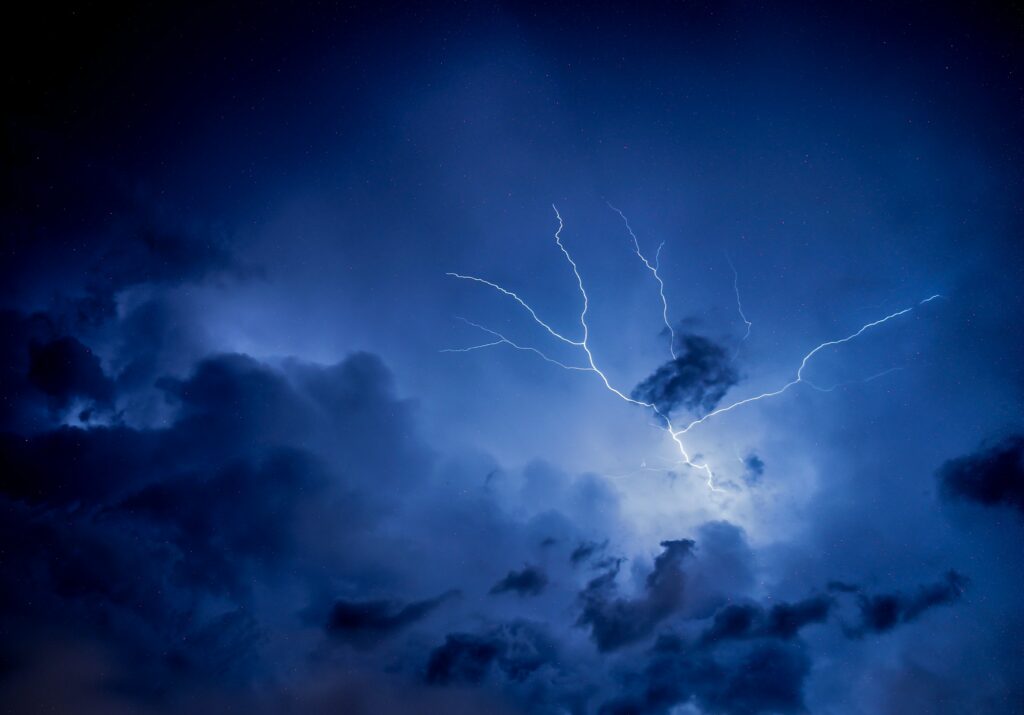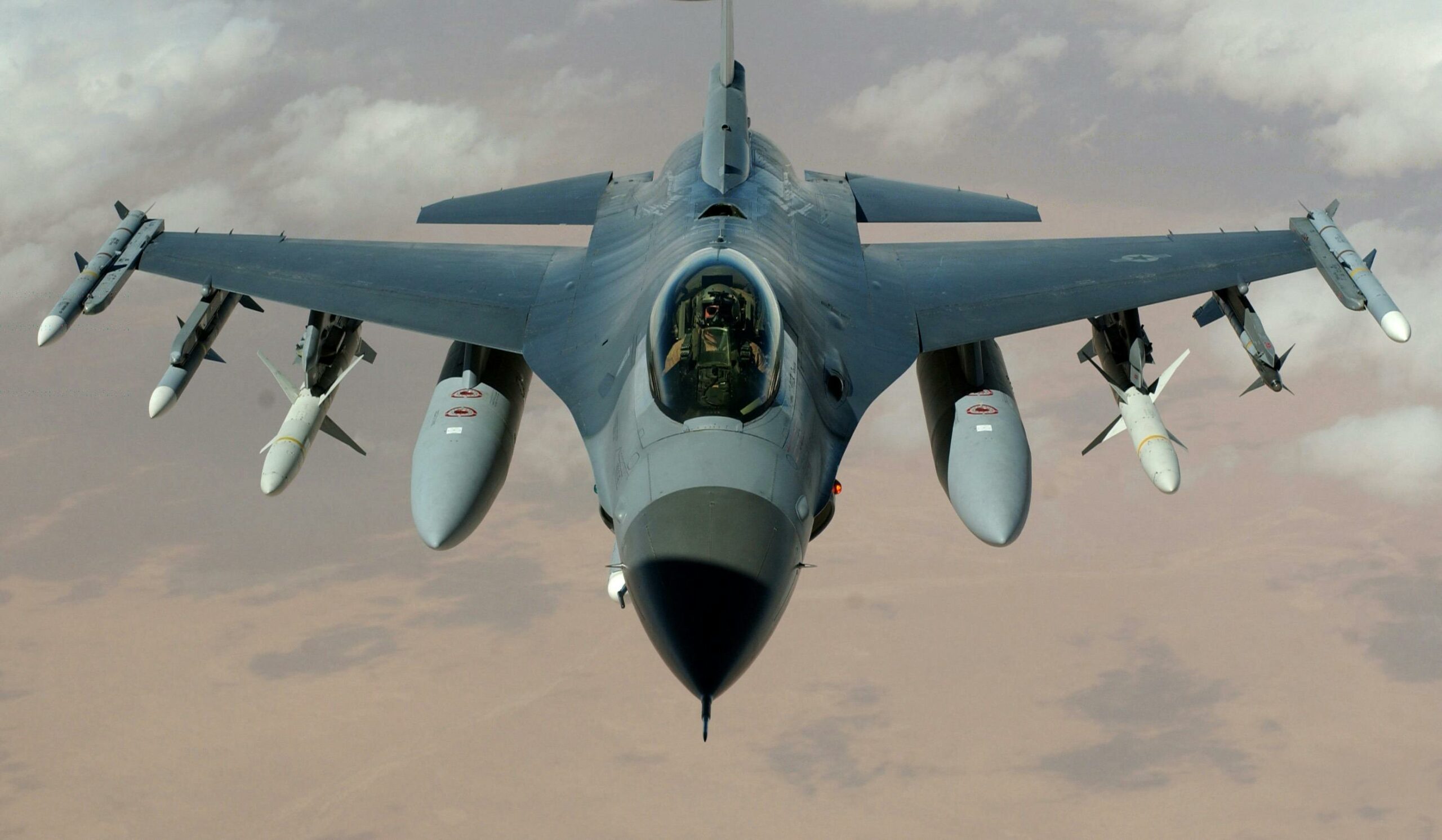Is Turbulence Getting Worse?
Here's What We Discovered

Air travel can be a stressful experience for many passengers, especially when it comes to turbulence. Turbulence is a common phenomenon that can occur during flights, and while it is usually harmless, it can cause anxiety and discomfort for passengers. However, some people are wondering if it is getting worse and if it is related to climate change. In this article, we will explore this topic and try to find out if there is any truth to these claims.
To start with, it is important to understand what a turbulent flight is and how it affects air travel. It is essentially a disturbance in the flow of air that can cause the plane to shake and jolt. It can be caused by a variety of factors, including weather patterns, air pressure changes, and even the jet stream. While it can be uncomfortable, it is generally not dangerous, and modern planes are designed to withstand even severe turbulence. However, there are concerns that climate change could be causing this which could have implications for air travel safety.
Related Posts:
Climate Change and Turbulence
Climate change is a topic that has been gaining more attention in recent years, and it has been linked to an increase in turbulence. The increase in turbulence is due to changes in the jet stream, which is a high-altitude wind that travels from west to east across the globe. Climate change is causing the jet stream to become more erratic, which can lead to more turbulent scenarios.
One of the main causes of climate change is emissions from human activities, such as burning fossil fuels. As the Earth’s temperature rises due to global warming, it causes changes in the atmosphere, which can lead to more turbulence. This is because warmer air can hold more moisture, which can lead to more severe storms.
In the future, climate change is expected to continue to have an impact on turbulence. As the Earth’s temperature continues to rise, it is likely that the jet stream will become even more erratic, leading to more turbulence. This could have a significant impact on air travel, as it could lead to more flight delays and cancellations.
Overall, climate change is a complex issue that is affecting many aspects of our lives, including air travel. While the impact of climate change on turbulence is still being studied, it is clear that it is having an impact. As such, it is important that we continue to work towards reducing our emissions and mitigating the effects of climate change.
Impact on Passengers and Crew
Turbulence can have a significant impact on both passengers and crew members. It can cause injuries, discomfort, and anxiety.
Passengers are at risk of injuries particularly if they are not wearing their seatbelts. Injuries can range from minor bruises and cuts to more serious injuries such as broken bones. Flight attendants are also at risk of injuries particularly if they are not seated or secured during this events.
To reduce the risk of injuries, passengers are advised to keep their seatbelts fastened at all times when seated. Flight attendants are also advised to take precautions such as securing themselves and any loose objects.
This can also cause discomfort and anxiety for passengers. It can be a frightening experience, particularly if it is severe or unexpected. Flight attendants are trained to help passengers feel calm and comfortable during turbulent events, and they may offer reassurance or assistance as needed.
Related Posts:
Safety Measures and Protocols
Safety is the top priority of the aviation industry, and turbulence is no exception. Airlines and aviation authorities have implemented various measures and protocols to ensure the safety of passengers and crew during this events.
One of the most important safety measures is the use of seatbelts. Passengers are required to keep their seatbelts fastened during the entire flight, including when the seatbelt sign is illuminated due to turbulence. This helps to prevent injuries from sudden jolts and drops.
In addition to seatbelts, airlines and aviation authorities have developed safety protocols for dealing with turbulent flights. The Federal Aviation Administration (FAA) and the National Transportation Safety Board (NTSB) work together to investigate turbulence incidents and develop safety recommendations for the industry.
Flight safety is also a major concern, and airlines use various technologies and procedures to avoid turbulent flights whenever possible. For example, pilots can use weather radar to detect areas of turbulence and adjust their flight path accordingly. Airlines also use computerized systems to track this and share information with other airlines to help prevent incidents.
Case Studies and Research

Several case studies and research have been conducted to determine whether turbulence is getting worse. The University of Reading conducted a study that found that climate change could cause turbulence to increase by up to 149% by 2050. This study was based on computer simulations of the atmosphere and did not include actual flight data.
In contrast, Lufthansa Flight 447, which crashed in 2009, was caused in part by turbulence. The flight encountered this which caused the pitot tubes to freeze and malfunction. The pilots were unable to determine the plane’s speed, leading to the crash. This incident highlights the importance of understanding turbulence and its potential impact on flight safety.
Hawaiian Airlines conducted a study that analyzed 10 years of flight data and found that turbulence is increasing over the North Pacific. The study found that it is becoming stronger and occurring more frequently, which could impact flight safety and passenger comfort.
Paul Williams, a researcher at the University of Reading, conducted a study that analyzed 40 years of flight data and found that clear-air turbulence (CAT) is becoming more frequent and severe. CAT is particularly dangerous because it is not visible on radar and can occur unexpectedly. Williams’ study suggests that CAT could increase by 60% by 2050 due to climate change.
Future Predictions and Precautions
As the world continues to experience climate change, the future of turbulence remains uncertain. However, experts predict that it will become more frequent and intense due to the increase in carbon dioxide emissions and longer flights.
Computer simulations have also been used to predict the future of turbulence. According to these simulations, turbulence will become more common in the future, especially at higher altitudes. This means that passengers may experience more discomfort during flights.
To prevent injuries and damage to aircraft, it is important for airlines to take precautions. One way to do this is by using real-time weather data to avoid areas with high turbulence. Another precaution is to ensure that aircraft are built to withstand this situations.
In addition, reducing carbon dioxide emissions can help to mitigate the effects of climate change and reduce the frequency and intensity of turbulence. This can be achieved through the use of alternative fuels, improved engine efficiency, and other measures.
Overall, while the future of turbulence remains uncertain, it is important for airlines to take precautions and for individuals to be aware of the potential risks. By working together to reduce carbon dioxide emissions and improve aircraft safety, we can help to mitigate the effects of turbulence and ensure safer flights for all.
Conclusion

In conclusion, the research conducted on the topic of turbulence and its potential increase has shown that there is currently no clear evidence to suggest that it is getting worse. While there have been some incidents of severe turbulence in recent years, the overall trend has remained relatively stable.
Air travel remains a safe mode of transportation, with turbulence incidents accounting for a small percentage of all aviation accidents. However, it is important to note that it can still pose a risk to passengers and crew, and airlines and aviation authorities continue to take steps to minimize the impact of turbulent flights
Climate change may play a role in the frequency and severity of turbulent events, but more research is needed to fully understand the relationship between the two. It is clear, however, that reducing greenhouse gas emissions and mitigating the effects of climate change is important for a variety of reasons, including the safety of air travel.
While turbulence can be uncomfortable and potentially dangerous, it is a manageable risk that is well understood by the aviation industry. Passengers can take comfort in the fact that airlines and aviation authorities are constantly working to improve safety measures and minimize its impact on flights.

